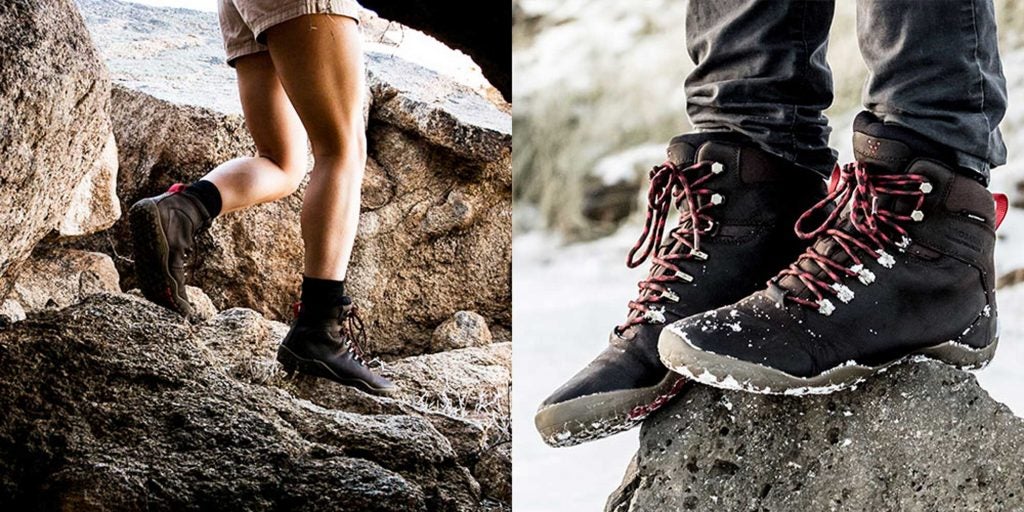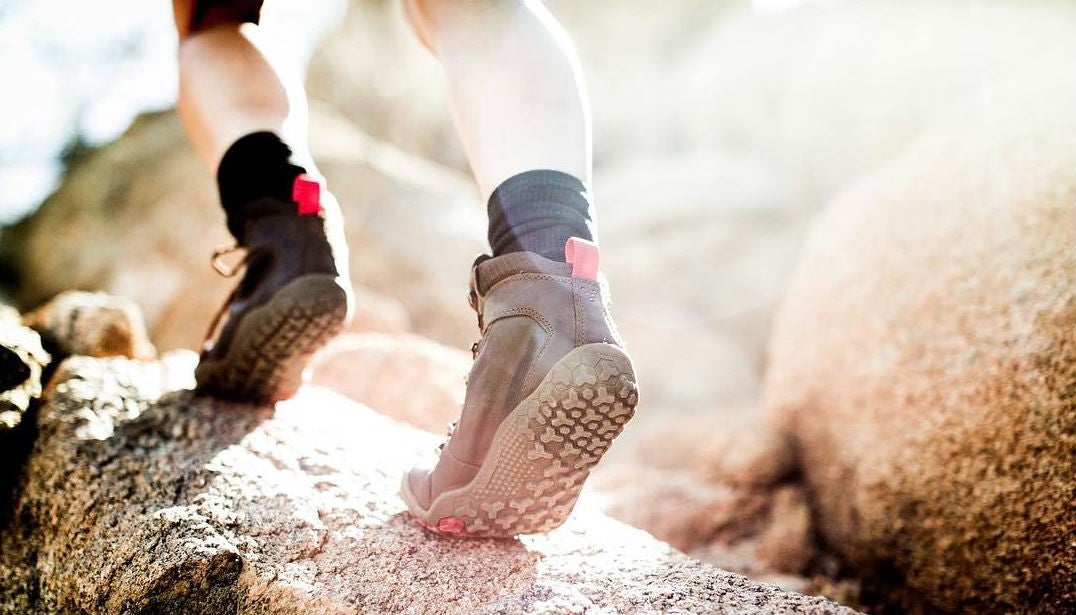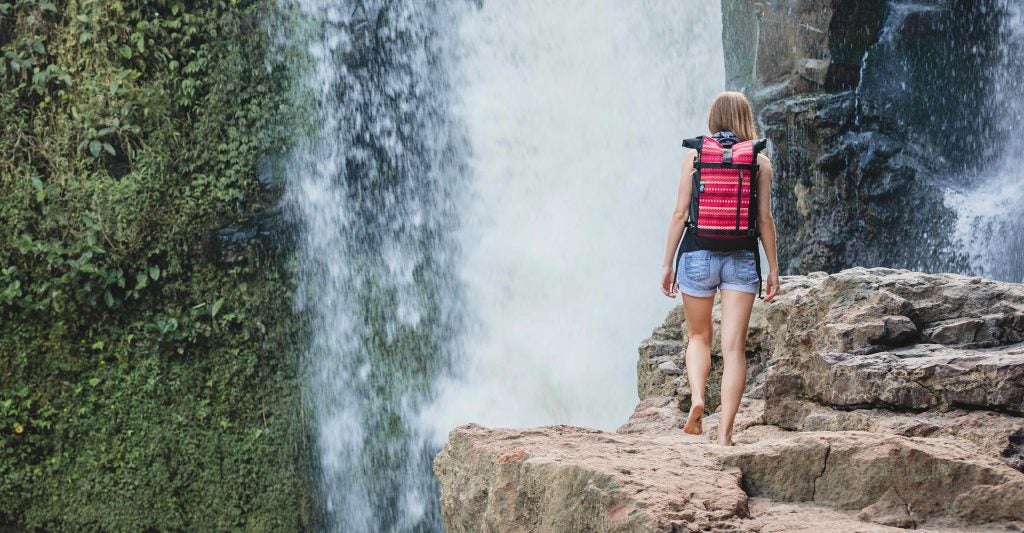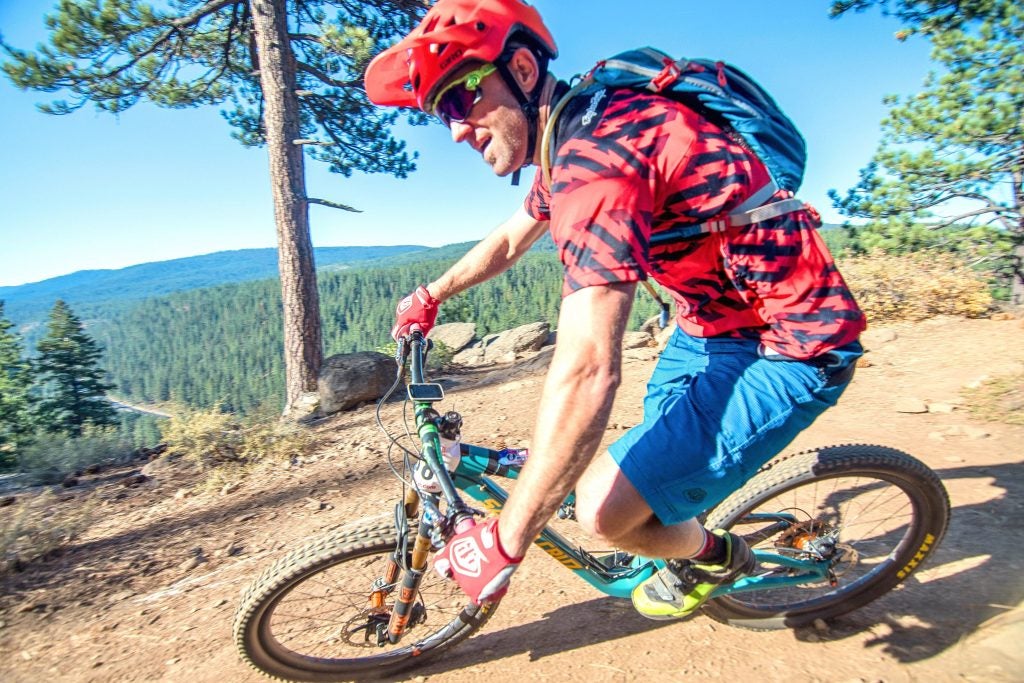If you’re a runner — of if you know a runner — then you’ve probably heard about the benefits of walking and running barefoot, or as close to it as possible. Minimalist footwear has become an enduring trend. And not just for runners. Serious hikers are starting to ditch hiking boots for regular old running shoes or even more minimalist options.
Which begs the question: do we really need to lug those heavy, chunky boots on the trail?
Minimalist Hiking Boots: A Journey in Footwear
Hiking boots as we know them have really only existed for about 100 years. Italian shoemakers, skilled at working with leather, started making boots specifically for the needs of a new generation of hikers flocking to the Dolomites in the 1920s. They began to design footwear that offered increased ankle support and protection, and that kept hikers’ feet cleaner and dryer than conventional shoes.
Hiking boots became an effective way to protect your feet when covering long-distances. Still, given what we know now about feet, are they still the best choice?
Were We Made for Minimalism?
https://www.instagram.com/p/BhhI6kOA4On/?utm_source=ig_embed
For thousands upon thousands of years, before the advent of hiking boots, humans have been wandering around outdoors, climbing mountains, scrambling over rocks, and traversing glaciers. They did it in shoes, moccasins, and even bare feet. They did it wearing things that looked and felt a lot like today’s minimalist shoes — but lacked the modern technology that makes things like waterproof minimalist hiking boots not only possible, but comfortable.
Minimalist hiking boots, like Vivobarefoot’s Tracker FG line, combine the ankle support and protection of a hiking boot with a flexible sole that lets you maintain a natural gait like you’re not wearing shoes. Never fear your feet getting cold or wet; these boots include a removable thermal lining and a hydrophobic leather upper.
The sole is thin, flexible, and light — but it’s also studded with lugs that give you additional grip on slippery surfaces.
Minimalist Hiking Boots Strike the Right Balance

Proponents of minimalist shoes or barefoot walking and running feel that too much padding and support in modern footwear can contribute to arch and joint problems by altering the way your feet make contact with the ground. They also note the vast number of nerve endings in our feet, and the way that shoes can remove us from important sensory information as we move from soft dirt to pebbled trails to slick shale to rough mulch.
In other words, a good minimalist shoe can give you a stronger connection to the ground. But a hiking boot can protect your feet from ankle rolls, moisture, and dirt.
Minimalist hiking boots do all of that.
They protect you from some of the worst causes of wear and tear on feet — namely moisture, sharp surfaces, and pointy debris — while remaining lightweight. That’s good news if you’re heading out on on a long trek or thru-hike and need to keep weight to a minimum. However, if you’re going to tackle some technical terrain, like mixed climbing that blends rock and ice, you will probably want sturdier, more protective boots designed for that purpose.
We love how the minimalist hiking boots from Vivobarefoot offer the best of both worlds.
Making the Switch to Minimalism
If you switch to minimalist hiking boots, it might take time to adjust to the new sensations of using your foot, ankle, and leg muscles. After all, our shoes have a big effect on our stride and the way we walk. But you might also find that your new kicks make you more aware of the environment you’re traveling through and give you greater control over your movements.
The Dyrt is the only camping app with all of the public and private campgrounds, RV parks, and free camping locations in the United States. Download now for iOS and Android.Popular Articles:
Articles on The Dyrt Magazine may contain links to affiliate websites. The Dyrt receives an affiliate commission for any purchases made by using such links at no additional cost to you the consumer.



